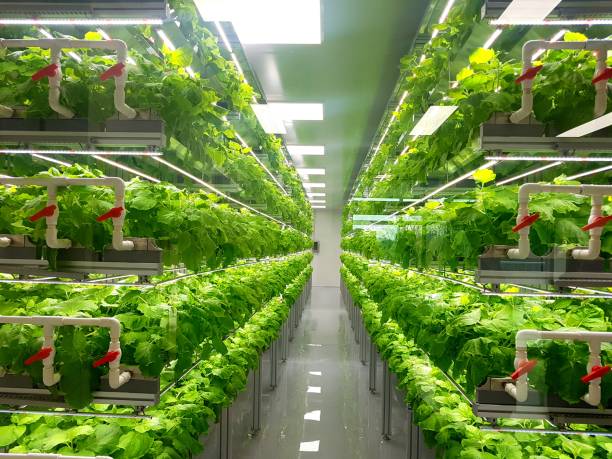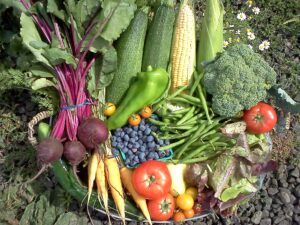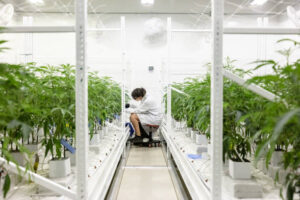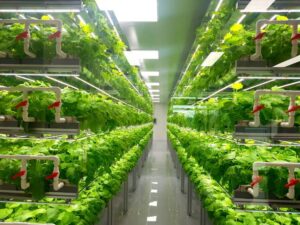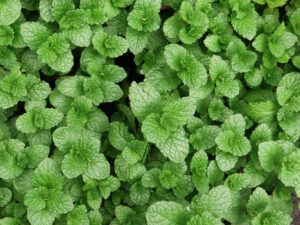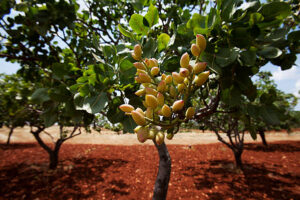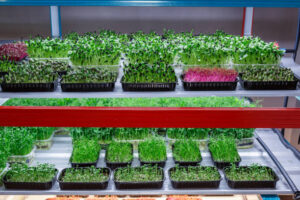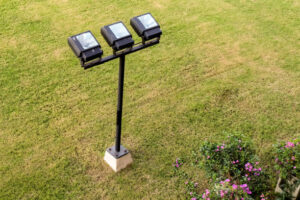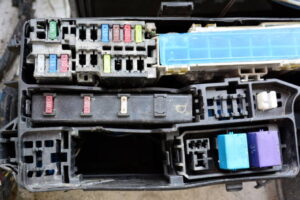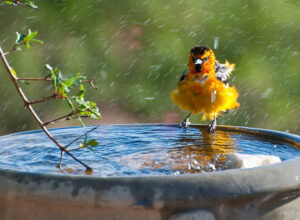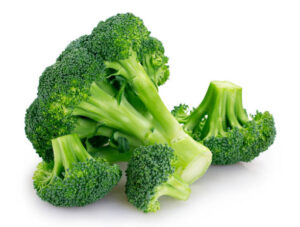How a Commercial Hydroponics Operation Works
Introduction
Embarking on the journey of a commercial hydroponics operation is a venture into the future of sustainable and efficient agriculture. As we delve into the workings of this innovative method, we uncover the secrets behind successful hydroponic cultivation. From nutrient solutions to controlled environments, this exploration aims to shed light on the essential components that make commercial hydroponics a game-changer in modern farming.
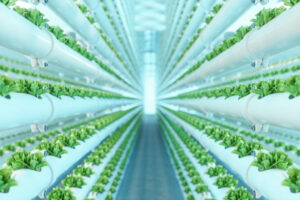
The Foundation: Hydroponic Systems
At the heart of any commercial hydroponics operation lies a carefully designed hydroponic system. Unlike traditional soil-based methods, hydroponics relies on nutrient-rich water solutions to deliver essential elements directly to the plant roots. These systems come in various forms, such as nutrient film technique (NFT), deep water culture (DWC), and drip systems, each offering unique advantages depending on the type of crops and scale of production.
In a nutrient film technique system, a thin film of nutrient-rich water flows over the roots, ensuring a constant supply of nutrients. Deep water culture involves suspending plants in nutrient-rich water, allowing their roots to absorb essential elements. Drip systems, on the other hand, deliver a controlled amount of nutrient solution directly to the base of each plant.
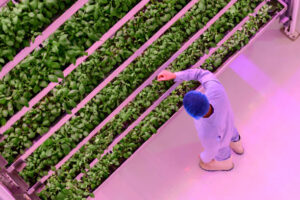
Precision in Nutrient Management
One of the key advantages of commercial hydroponics is the ability to precisely control the nutrient composition of the growing solution. Essential elements such as nitrogen, phosphorus, potassium, and micronutrients are carefully calibrated to meet the specific needs of each crop. This level of precision not only maximizes plant growth but also minimizes waste, making hydroponics an environmentally friendly option.
Climate Control and Indoor Farming
Commercial hydroponics often embraces controlled environment agriculture (CEA) to optimize growing conditions. This involves managing factors like temperature, humidity, and light to create an ideal setting for plant growth. Indoor farming facilities equipped with advanced technology, including LED grow lights and climate control systems, allow year-round production regardless of external weather conditions.
Water Efficiency
Hydroponic systems are renowned for their water efficiency, a crucial consideration in an era of increasing water scarcity. Unlike traditional farming methods, where water can be lost through runoff and evaporation, hydroponics recirculates water, significantly reducing overall consumption. This sustainable approach not only conserves water but also minimizes the environmental impact of agriculture.
Pest and Disease Management
The controlled environment of hydroponic systems also provides a natural defense against pests and diseases. With no soil to harbor pathogens, the risk of soil-borne diseases is minimized. Additionally, the closed-loop nature of hydroponic systems reduces the likelihood of external pests infiltrating the growing area. This not only enhances plant health but also eliminates the need for excessive pesticide use.

Conclusion
In the realm of modern agriculture, a commercial hydroponics operation stands as a testament to innovation and sustainability. The precision of nutrient management, coupled with controlled environments, empowers growers to optimize conditions for plant growth. Water efficiency, pest resistance, and scalability further contribute to the appeal of hydroponics in commercial farming. As we witness the evolution of agriculture, the integration of hydroponic systems not only addresses current challenges but also paves the way for a more resilient and sustainable future in food production. Embrace the possibilities of commercial hydroponics, where science meets cultivation, and usher in a new era of efficient and eco-friendly farming practices.

